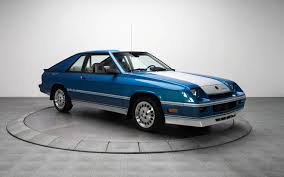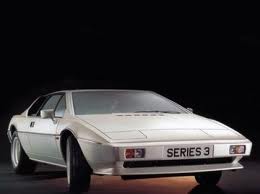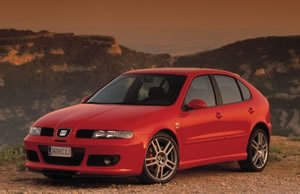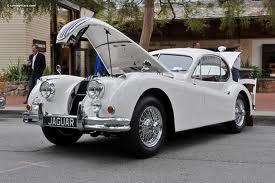
Performance & Classic Car Data

This edition of the Saab 900 2.0 Turbo 16v S is the 5 speed / Manual version and was first brought out in 1984. This was at around the same time as the introduction of the 1985 Lamborghini Countach LP5000S QV and the 1984 Audi Quattro Sport 2.2 T.This particular Saab 900 has a 1985cc Turbo Petrol powerplant with 4 cylinders in a St formation.
The 900 shares its Petrol St4 engine configuration with the likes of the 2019 Ariel Atom 4 2.0 Turbo and the 2013 Caterham 7 620 R 2.0 L Supercharged. If you're looking for other fast cars which share the 900's Front Wheel Drive, Hatchback combination then how about the 2022 Volkswagen-VW Golf R Performance 2.0 Turbo or the 2020 Toyota Avalon TRD 3.5 V6.
Weighing in at 1340 kgs (2954 lbs) this makes the Saab 900 2.0 Turbo 16v S in the same weight category as the 2021 Aston-Martin Valkyrie Spider 6.5 V12 or the give or take 50kg.
In terms of power the 1985cc 16V St4 engine produces 185 bhp (137 kW) @ 5300 rpm similar to the 2020 Abarth 695 70th Anniversario 1.4 Turbo (177 bhp) or the 2020 Audi A1 Sportback 40 TFSI S tronic S line (197 bhp).
The Turbo St4 throws out 201 lb-ft (272.5 Nm) @ 3000 rpm placing it with cars of similar torque performance figures such as the 2020 Abarth 695 70th Anniversario 1.4 Turbo (184 lb-ft) or the 2020 Audi A1 A1 Sportback 35 TFSI S tronic S line (184 lb-ft).
If one combines the weight with power or torque performance for the Saab 900 you can get a better idea of it's real world performance.
The Saab 900 has a Power to weight ratio of 138.0 bhp per ton and 150.0 lb-ft per ton. Bhp Per Ton figures of the 1984 900 competing with the 1992 Mitsubishi 3000 GT (163.0 bhp per ton) or the 2011 Toyota GT 86 2.0L Coupe (162.8 bhp per ton).
If you agree with the late great Carroll Shelby then arguably an even better indicator of potential performance, Torque. Use weight as well and you end up with - Torque per ton, with the Saab 900 generating around 150.0 lb-ft per ton. If you're curious as to what other cars have as much torque to weight then look no further than the 1999 Audi A8 4.2 V8 Quattro (175.0 lb-ft per ton) or the 1996 Subaru Impreza WRX - Classic JDM Wagon (175.0 lb-ft per ton).
With a 0-60mph time of 7.50 secs or a 0-100km/h (0-62mph) of 7.7 secs, this made the Saab 900 2.0 Turbo 16v S as fast as the 2020 Audi A1 A1 Sportback 35 TFSI S tronic S line (7.50 secs) the 2019 Ford Focus ST 2.0 EcoBlue Wagon (7.50 secs) the 2017 Volkswagen-VW Golf GTD Variant 2.0 TDi DSG (7.50 secs) the or the 2017 Subaru Forester 2.0 XT Premium (7.50 secs). This Saab 900 2.0 Turbo 16v S is also faster than the 2013 BMW i3 0.6l Hybrid (7.60 secs) the 2011 Abarth 500C 1.4 Turbo (7.60 secs) the 2011 Fiat Punto Evo Abarth 1.4 Turbo (7.60 secs) the and the 2010 Peugeot 308 1.6 GTi (7.60 secs).
When talking about the performance of the Saab 900 on the drag strip it can reach a quarter mile in an estimated 15.54 secs @ 88.0 mph. Similar performance down the quarter mile can be found with the the 1989 Porsche 944 Turbo (15.47 secs), the 2001 Ford Mustang 4th Gen Bullitt GT (15.47 secs), and the 1971 Pontiac Tempest GT-37 6.6 V8 (15.48 secs).
Modern performance cars are often artificially restricted to 155mph. The 1984 version of the Saab 900 2.0 Turbo 16v S has a maximum speed of 131mph.
If maxing out your car on the AutoBahn is your thing and you're wondering what's faster than the 1984 Saab 900 2.0 Turbo 16v S then how about the 2015 Volkswagen-VW Golf GTD 2.0 TDI DSG (142 mph), the 2013 Seat Leon SC 2.0 TDI FR (142 mph), or the 2013 Lexus IS 350 (142 mph).









Aston-Martin Vanquish 5.9 V12
Engine: Naturally Aspirated Petrol | 5935cc 48v V12
Top Speed: 195 mph
0-60mph: 4.40 seconds

Volvo V60 3.0 Turbo Polestar
Engine: Turbo Petrol | 2953cc 24v St6
Top Speed: 249.4 kph
0-100kph: 5.0 seconds



















